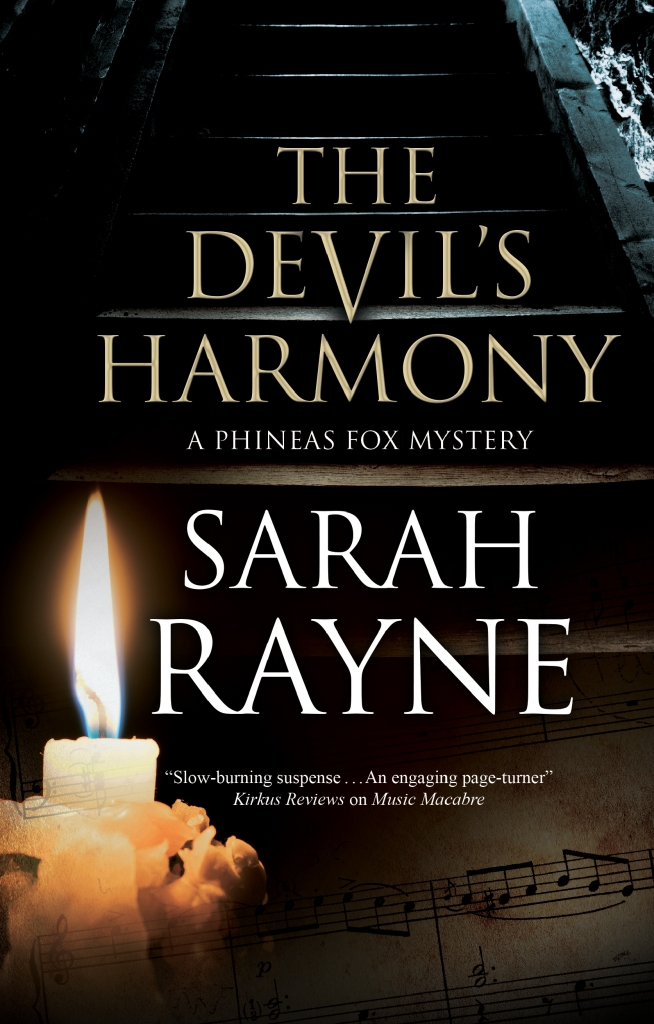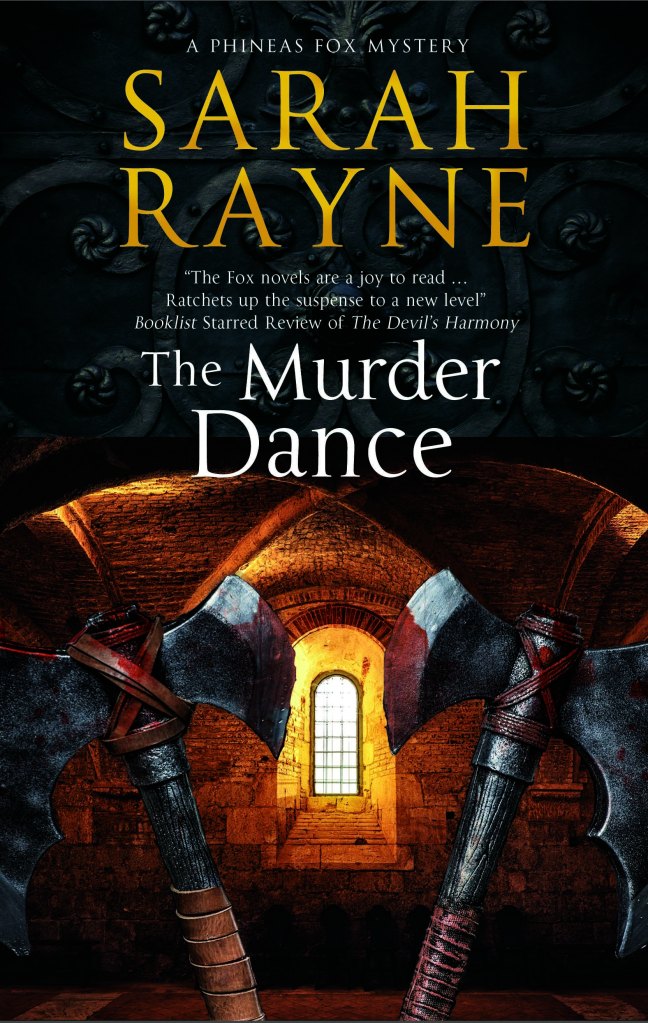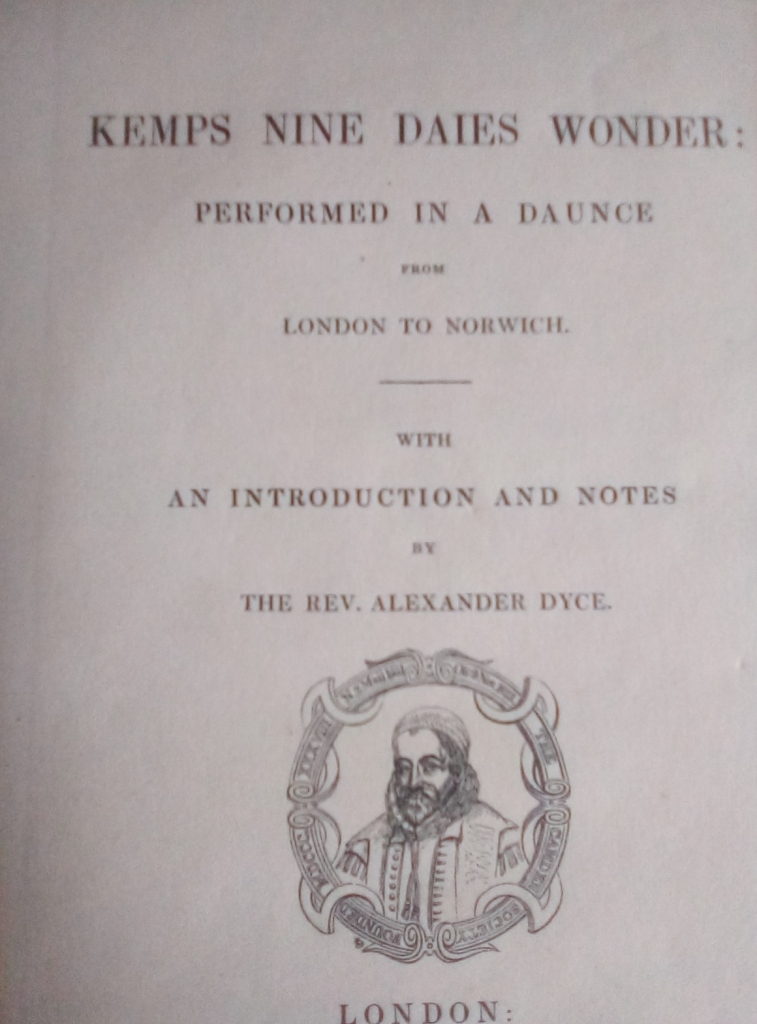Embarking on a new outing for music historian and researcher, Phineas Fox, it seemed to me that it was time for him to explore uncharted territory.
To date he had wandered happily and generally quite productively through the eighteenth and nineteenth centuries, helped (occasionally hampered), by the various characters who surrounded him.
He had investigated his way through the evil machinations of Heinrich Himmler in the 1940s, a brace of assassins out to murder the Russian tsar, (two Russian, tsars, in fact, although I should make it clear that they were in two separate books – Death Notes and The Devil’s Harmony), and, more recently, had uncovered some startling facts about the all-time arch-villain Jack the Ripper.
But how about taking Phin back to the sixteenth or seventeenth century this time – eras rich in music legends and theatrical scandals? It was then that the figure of Will Kempe made his entrance, and amiably and hopefully positioned himself centre stage.
Master Kempe doesn’t figure particularly prominently in the annals of those times, nor is there very much information to be found about him. It’s clear, though, that he was well known in his day – he was a clown-actor, a fellow player of William Shakespeare and Richard Burbage, and considered the successor to the great comic-performer, Richard Tarlton. He was also an early investor in The Globe Theatre, and he’s believed by many to have been the inspiration for Shakespeare’s Falstaff.
However, what Kempe is remembered for is that he embarked on an astonishing marathon, in which he danced from London to Norfolk in nine days – taking suitable stops along the way for rest and refreshment – and that he apparently undertook the task for a bet.
I read all this with delight, checked a few of the facts, and began to see the possibility of Phin Fox becoming entangled in Will Kempe’s world –finding traces of a legend attached to Kempe – a legend that had left a dark imprint in a remote corner of Norfolk.
From there it was only a step to the premise of a dance – but a dance so hung about with macabre memories that it was still whispered how, when it had been performed, children were told to stay indoors – and on no account to look through their windows.
And so came into being the story for The Murder Dance.
In writing the book, I was helped enormously by Kempe’s own published account of what he called his ‘Nine Days’ Wonder’. It would be nice to think that the phrase itself originated with Kempe, but a brief exploration of various primary sources suggests it’s actually a much older term, probably dating to the 1300/1400s. It appears to have been made use of by Chaucer, (and when did Geoffrey pass up the chance to seize on a choice expression?) and also by a French prince, captured during the Battle of Agincourt who whiled away his sojourn in an English gaol by dashing off a few verses of poetry.
Whatever the genesis of the expression, incredibly Kempe’s book can still be found in later reprints. Even after so many centuries, his enthusiasm and delight for his capering expedition fairly dances off the pages.
Fragments and the flavour of his music are still with us – two of his jigs survive in English and two in German. Scores titled ‘Kempe’s Jig’ are held in the Cambridge University Library, and a famous seventeenth-century ‘Kempe’s Jig’ was published in The English Dancing Master by John Playford, around 1651. The man himself has been portrayed in modern-day films and on TV: most notably in the film, Shakespeare in Love, and remarkably in a Doctor Who TV episode.
He may have been sparsely documented, but his name and his legend have endured. And so, Master Kempe, thank you for accepting that extraordinary bet, and for chronicling your astonishing nine days of dancing from London to Norfolk. And thank you, especially, for capering into my imagination and providing me with the core of the plot for The Murder Dance.


Source: Sarah Rayne Blog



